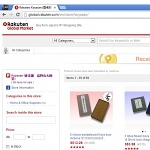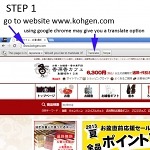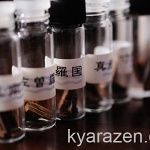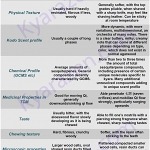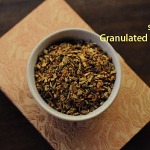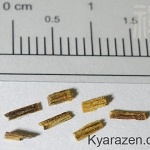To follow up on my previous post, buying incense from various shops on Rakuten Global is also an alternative, although many may neither be as well stocked nor as organized as Kohgen. There are at least three shops that I would recommend here, and there is some convenience with the checkout process as it is… [Read More…]
How to Buy Incense from Japan – KohGen
I’ve been getting my incenses and stuff from Japan directly for quite a while, and KohGen’s one of my most favourite online shops. They have a very large product range, a reasonably easy to use checkout page, and very fast processing of your orders. I had also arranged for gifts to be sent to friends,… [Read More…]
Perspectives on the Rikkoku Gomi
The Rikkoku Gomi set was first assembled around the 15th Century with the establishment of a formalized “way/art” of the Incense by founder Sanjonishi Sanetaka (1455-1537 AD), a noble under the Muromachi Shogunate of Shogun Ashikaga Yoshimasa. Without the benefits of modern logistics, and being more isolated from the rest of the world, agarwood import… [Read More…]
Making Kneaded Incense Balls – Neri-Koh
The art of making kneaded incense balls dates back over a thousand years ago during the Chinese Tang Dynasty and the corresponding Hei-an period in Japan. Prior to usage in incense culture, honeyed pills (练丹) made from combining medicinal herbs with honey, and sealing off with wax, was a common practice in Chinese medicine. The… [Read More…]
Comparing Jinkoh and Kyara
A summary of the comparisons between normal aloeswood and kyara/kynam in a table. Enjoy!
Japanese Incense types
Japanese Incense types can be classified into two main categories, 熏香 (heating incense), or 焚香 (burning incense). A smaller third category exists, where incense or fragrant materials are not heated nor burnt at all, with the fragrance appreciated in the raw form. In the category of heating incense, a piece of red hot charcoal… [Read More…]
Enjoying Kyara through Mon-Koh
Mon-Koh is loosely translated as “listening to incense” from the Japanese language. Kyara is best enjoyed using Japanese “mon-koh” methods, where a red hot coal is buried under ash in a ceramic cup, with a small ventilation hole prodded to provide air to the coal, and a slice of clean mica place on top before… [Read More…]
